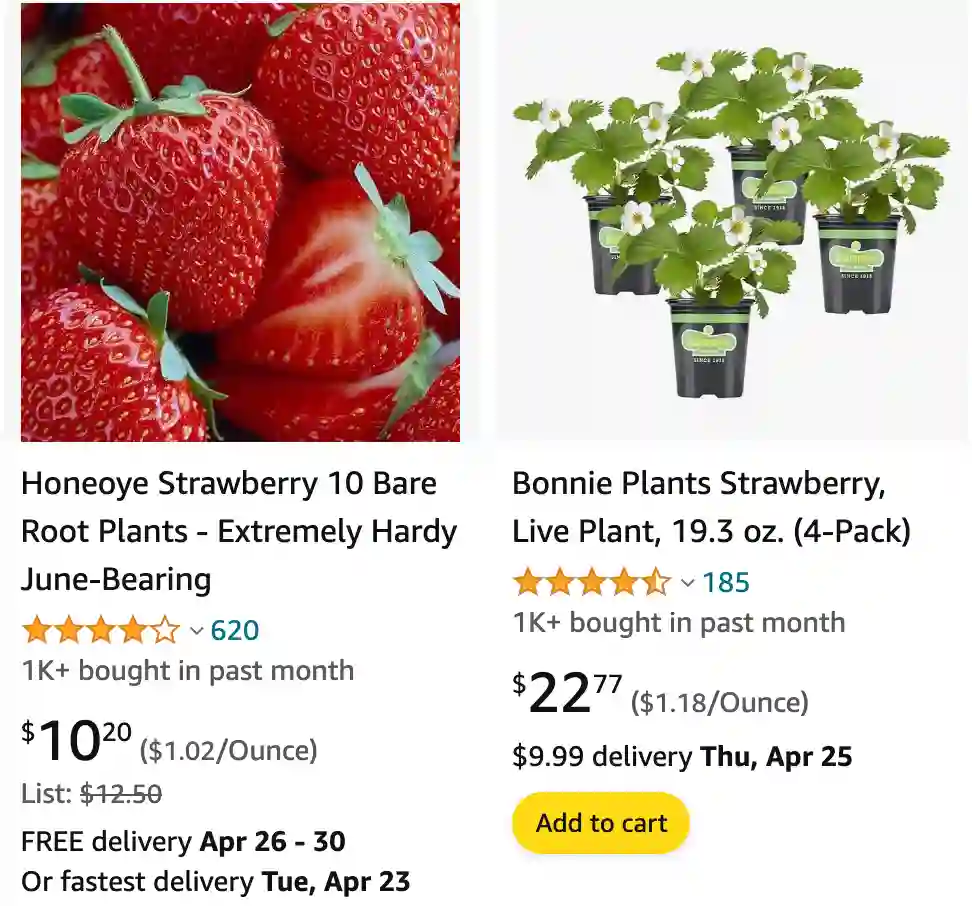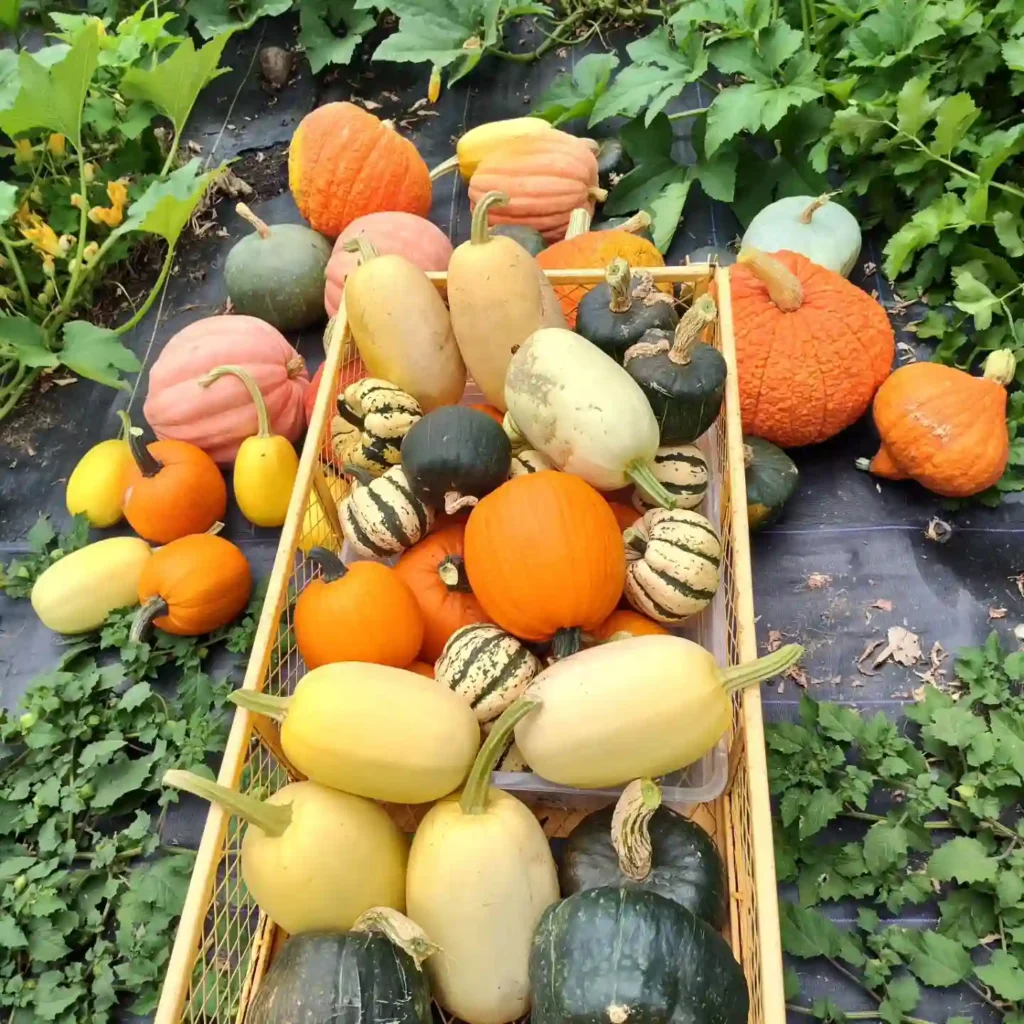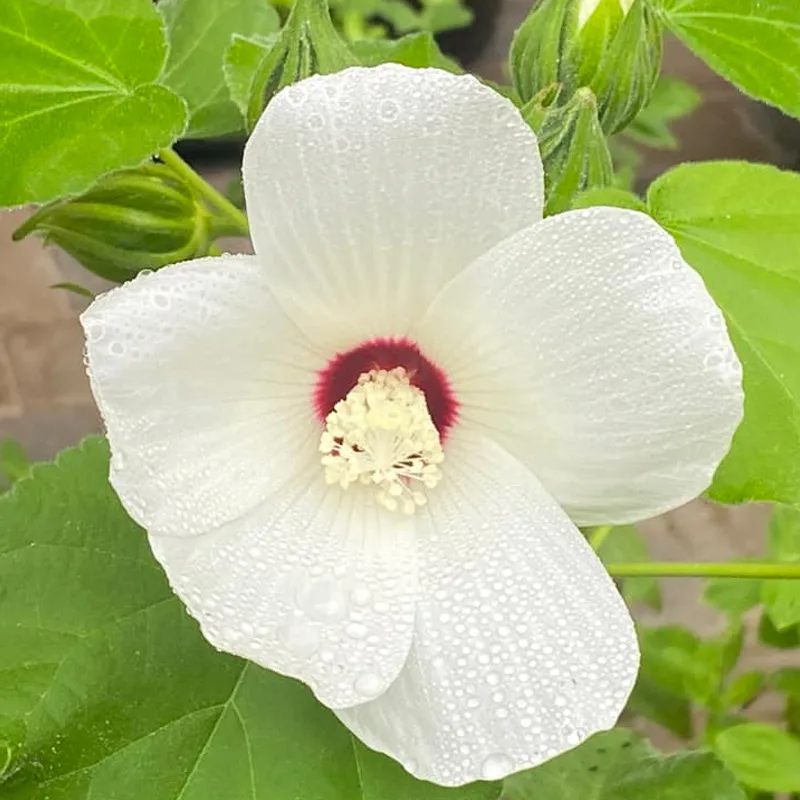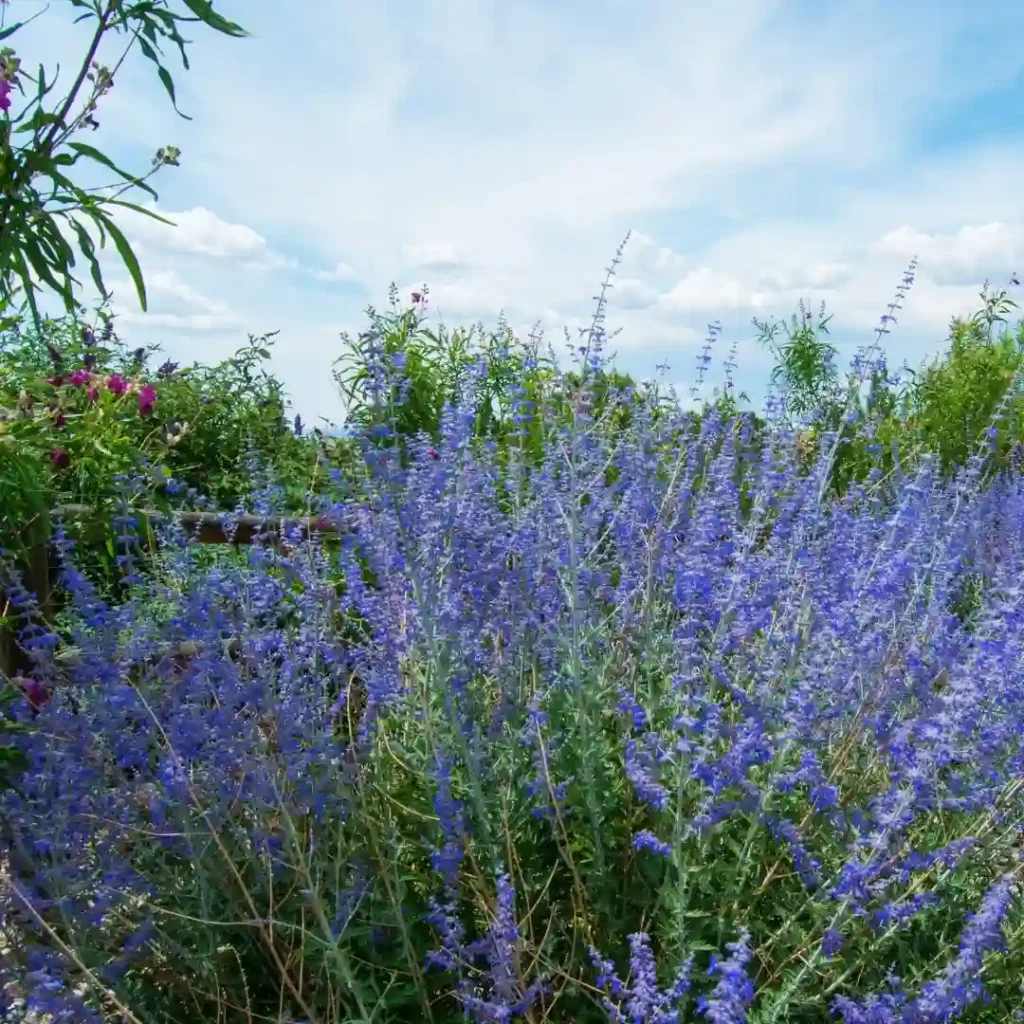
Strawberry: A Love Letter to the Fruit of Joy
Strawberries are more than just fruit to me. They are memories, emotions, and even small victories. The sight of their vibrant red skin and the taste of their sweet, tangy juice bring joy in ways words can barely capture. Fragaria × Ananassa, commonly known as the garden strawberry, holds a special place in my heart—and my garden.
29 Species in Genus Fragaria
A Brief History
The strawberry as we know it is a hybrid, the result of an accidental yet fortuitous crossing of two wild species: Fragaria virginiana from North America and Fragaria chiloensis from South America. This marriage gave us the luscious, large strawberries we love today. The hybrid was first cultivated in France in the 18th century, but its appeal quickly spread worldwide.
Growing Strawberries: My Journey
Cultivating strawberries taught me patience and rewarded me with abundance. I started small, planting a few runners in a raised bed. The first season was all about learning—understanding the soil, the light, and the pests that viewed my plants as their buffet.
Strawberries thrive in well-drained, slightly acidic soil with plenty of organic matter. They love full sun, which made choosing a location critical. I found that mulch worked wonders, keeping the soil moist and preventing weeds. But strawberries are demanding in a good way. They need regular watering and attention, especially during flowering and fruiting stages.
One lesson I learned early was the importance of crop rotation. Strawberries can exhaust the soil and invite diseases like Verticillium wilt if planted in the same spot repeatedly. Rotating them with legumes or leafy greens keeps the soil balanced and the plants healthy.
The Harvest: A Reward for the Senses
The first time I plucked a ripe strawberry from my garden was pure magic. Its perfume was intoxicating, its taste a perfect symphony of sweet and tart. Picking them at their peak—when fully red and slightly soft—ensured the best flavor. Over time, I even developed a preference for certain varieties.
- Albion: This ever-bearing type produced sweet, firm berries all season long.
- Seascape: Known for its high yield and robust flavor, it quickly became a favorite.
- Chandler: Although a June-bearer, its large, juicy berries were worth the wait.
Cooking and Preserving
Fresh strawberries are a delight, but their versatility in the kitchen amazes me. I’ve turned them into jams, pies, and even savory glazes for grilled meats. Strawberry shortcake, a classic dessert, is a family favorite. Freezing them has been a game-changer, too. Washing, hulling, and freezing them individually on a tray preserves their shape and taste, allowing me to enjoy summer’s bounty year-round.
Dehydrated strawberries are another treat. Slicing them thin and drying them in a low oven or dehydrator creates chewy, intensely flavored snacks. And let’s not forget strawberry syrup, perfect for pancakes or mixing into drinks.
Strawberries and Wellness
Strawberries are nutritional powerhouses. They’re packed with Vitamin C, manganese, and antioxidants like ellagic acid. Studies suggest they support heart health, improve skin quality, and may even lower the risk of certain cancers. For me, they’re also a mood booster. Nothing beats starting a day with a bowl of freshly picked strawberries.
Challenges and Lessons
Gardening is rarely smooth sailing, and strawberries presented their share of challenges. Birds were the first thieves I encountered, swooping in to steal my ripest fruits. A simple netting system solved that issue. Then came slugs and snails, which seemed to appear out of nowhere after every rain. Copper tape around the bed’s edges worked surprisingly well.
Another challenge was managing runners. While they’re great for propagating new plants, letting too many grow drains energy from the main plant. Learning to prune them effectively helped maintain productivity.
The Bigger Picture
Strawberries connect us to nature and to each other. Whether I’m sharing a bowl of freshly picked berries with friends or teaching a neighbor how to propagate runners, they bring people together. They’re also a reminder of the delicate balance in ecosystems, as pollinators like bees play a crucial role in their production.
FAQs
How to plant strawberries?
I find that planting strawberry in well-drained soil with a pH of around 6.0 works best; I usually dig a hole just deep enough so that the crown of the plant is level with the soil.
Where to plant strawberries?
I’ve had success planting strawberries in raised beds or containers with good drainage, which helps prevent root rot.
When to plant strawberries?
I typically plant strawberries in early spring, after the last frost but before the heat of summer kicks in.
When to plant strawberries in Texas?
In Texas, I’ve had great results planting strawberries in late winter or early spring, as it gives them a head start before the heat arrives.
When to plant strawberries in Florida?
In Florida, I usually plant strawberries from late fall to early winter, as the cooler weather promotes better growth.
When to plant strawberries in Georgia?
In Georgia, I’ve found that planting strawberries in late winter to early spring works well, giving them time to establish before the hotter months.
When to plant strawberries in NC?
In North Carolina, planting strawberries in early spring after the last frost has always yielded the best results for me.
When to plant strawberries in PA?
In Pennsylvania, I’ve had good success planting strawberries in late April to early May when the soil warms up but there’s still plenty of moisture.
What do strawberry plants look like?
Strawberry plants have a rosette of green leaves with a slightly serrated edge, and they send out runners that can sprout new plants.
Are strawberry plants perennials?
Yes, strawberry plants can be perennials; in my garden, they’ve come back year after year, though sometimes they need rejuvenating.
How far apart to plant strawberries?
I usually space strawberry plants about 12 to 18 inches apart to give them enough room to spread out.
Do strawberry plants come back?
In my experience, strawberry plants do come back each year, but they often produce best in their second year after being planted.
How many strawberries per plant?
Typically, each strawberry plant yields about 10 to 20 berries per season, depending on its variety and growing conditions.
Do strawberry plants need full sun?
Strawberry plants thrive in full sun for at least 6 to 8 hours a day; I’ve found this helps them produce the juiciest berries.
Are strawberry plants toxic to cats?
Strawberry plants aren’t toxic to cats; I’ve had cats munch on the leaves without any issues.
Do deer eat strawberry plants?
In my experience, deer can sometimes nibble on strawberry plants, so I’ve had to use deer repellents or fencing to protect them.
How many strawberry plants per square?
I usually plant about 4 to 6 strawberry plants per square foot, ensuring they have enough room to grow and produce fruit.
What temperature will kill strawberry plants?
Strawberry plants can be damaged by temperatures below 20°F (-6°C); I’ve used row covers to protect them during unexpected cold snaps.
Mock Strawberry vs Wild Strawberry
I’ve grown both Mock Strawberry and Wild Strawberry, and while Mock Strawberry was a resilient ground cover with its tiny, non-edible berries, Wild Strawberry surprised me with its delightful, juicy fruits that made for excellent summer snacks.
Strawberry vs Raspberry
Strawberries were always my go-to for fresh, sweet treats, but raspberries stole my heart with their tart flavor and the fun of picking them off the thorny bushes, making for a satisfying (if sometimes prickly) harvest.
Strawberry vs Poison Ivy
I learned the hard way that while strawberries are a delight to grow and eat, poison ivy is best avoided—I once mistook it for a similar-looking plant in my garden, and ended up with a rash that made me wish for a lifetime supply of strawberries instead.
Strawberry vs Banana
Strawberries have always been my favorite for their burst of sweetness and versatility, but bananas have their own charm with their creamy texture and convenience, making them a staple in my smoothie routine when I need something quick.
Strawberry vs Cherry Hemangioma
Strawberries were a staple in my garden for their vibrant color and taste, but when I discovered Cherry Hemangioma as a skin condition on my child, I had to separate the delightful fruit from the concerning medical issue—it’s a reminder of how different types of cherries can be.
Strawberry vs Pineberry
Pineberries were a quirky addition to my garden, with their unique pineapple-like flavor, but I still prefer the classic sweetness of strawberries, which remain my first choice for their familiar and comforting taste.
Conclusion
Strawberries are more than a crop—they’re a celebration of life. Each season, they teach me new lessons in growth, resilience, and joy. Whether you’re a seasoned gardener or a beginner, cultivating strawberries is an experience that rewards you far beyond the harvest. So plant some, nurture them, and let Fragaria × Ananassa weave its magic into your life.
Here’s to strawberries—nature’s most delicious gift!
If i die, water my plants!



